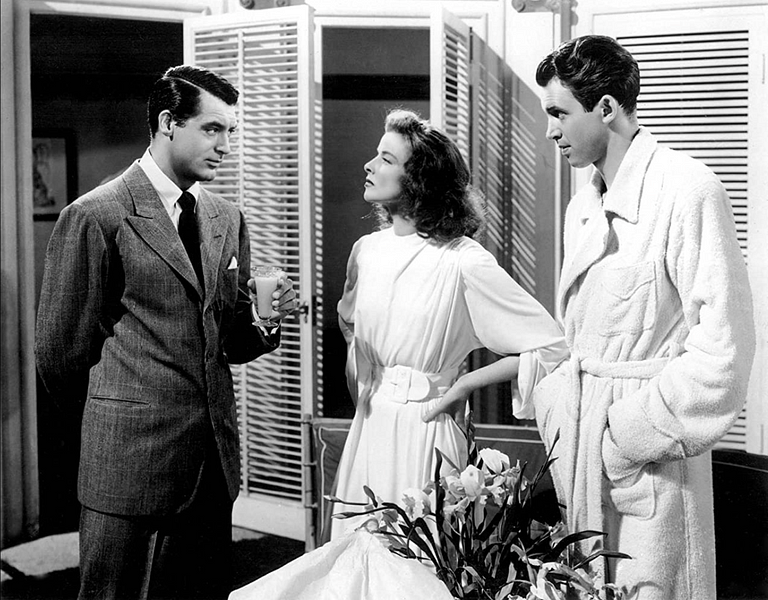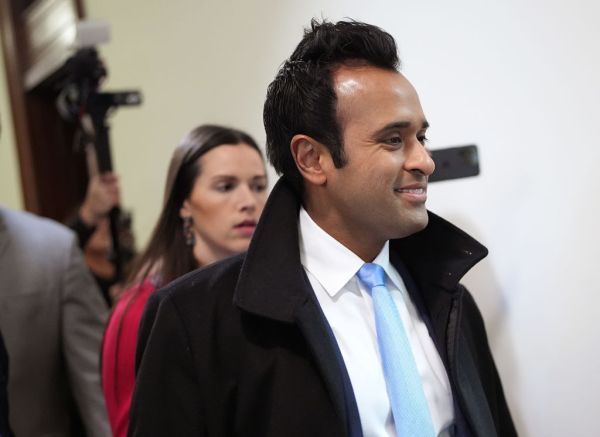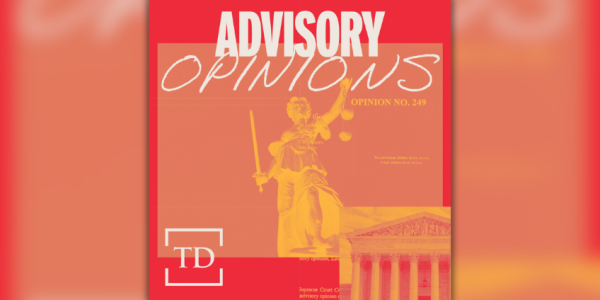“The prettiest sight in this fine, pretty world is the privileged class enjoying its privileges.” So quips Macaulay Connor in The Philadelphia Story, a film that is now 80—80!—years old. First released on December 26, 1940, the George Cukor-directed comedy of remarriage doesn’t seem to have aged a whit and still gives both Connor and audiences plenty of pretty sights to see in a movie about glamorous people being glamorous, featuring three of the biggest stars of the era in roles that epitomize the screen personas that made them so beloved.
At the center: Katharine Hepburn as Tracy Lord, a Philadelphia socialite. Beautiful, haughty, severe. Vying for her affections: Jimmy Stewart as Macaulay “Mike” Connor, a talented but unsuccessful writer. Earnest, self-confident, an everyman. In the other corner: Cary Grant as C.K. Dexter Haven, Tracy’s first husband and a fellow member of the Philadelphia Main Line. Suave, witty, charming.
These actors in these roles would make for a fine and frothy rom-com on their own, but Phillip Barry, who wrote the play on which the film is based, and Donald Ogden Stewart, who won an Oscar for adapting it to the silver screen, contrived a plot and dialogue that explores the subject of human fallibility with surprising nuance.
Due to his lack of literary success, Mike works, resentfully, as a reporter for the tabloid Spy magazine, and he is tasked with covering Tracy’s wedding to her new beau, the nouveau riche George Kittredge. His publisher, Sidney Kidd, introduces him to Haven, who did some writing for Spy in South America. Haven is able to provide Mike cover by introducing Mike and his photographer Liz Imbrie (Ruth Hussey in a deservedly Oscar-nominated role) as friends of Tracy’s brother Junius, a diplomat in Argentina who is unable to attend the wedding. Tracy quickly catches on but is unable to give the reporters the boot after Haven reveals that Kidd has compromising information on her father’s alleged affair with a dancer. The Lord family puts on an act for the reporters—tricks are played, lies are told, hijinks ensue.
On its surface, the conflict of the film is one of classes: middle-class Mike Connor, with a near-socialist disdain for the wealthy, versus the WASPy Tracy Lord. The rags-to-riches George Kittredge versus the old-money C.K. Dexter Haven. But these distinctions are shown to be without merit, as the conflicts boil down not to class but to each party’s inability to see the other as a real human being—except for Haven, who reveals himself to be the most enlightened of the characters.
The film captures something that was true in 1940 and is as true now as it always has been: humans are complex and even broken creatures who cannot be accurately defined by something as two-dimensional as class. The rich and poor (and all those in between) have the same capacity for morality and the same human propensity for moral failure. Or, as Tracy notes later in the film, “Mac the night watchman is a prince among men, Uncle Willie is a pincher.” The proper response to this realization as advocated by Haven, and the film itself, is “to have some regard for human frailty.”
Haven’s suggestion is not to remain silent as those around us err, but to recognize others’ flaws with charity so that we can better help them overcome such stumbling blocks to a fulfilling and moral life. He speaks with some experience on the matter: His alcoholism caused his marriage to crumble. And it was his inability to find any sense of community and love during his darkest hour that led him to spiral further and further as his wife watched in disdain. He overcame his addiction, but with no help from those around him.
Tracy finally learns to have some charity for others’ shortcomings through realizing her own (with champagne lending a helping hand). Mike’s interactions with Tracy and C.K. help him realize they succeed and struggle just the same as him, leading him to announce that “in spite of the fact that somebody’s up from the bottom, he can still be quite a heel, and even though somebody else is born to the purple he can still be a nice guy.” It is only George Kittredge who fails to learn the lesson and by the end of the film finds himself resentful and alone.
That such a moral lesson can be taught between one-liners and witticisms, with romantic intrigue playing out at the same time, is a testament to the writers and cast. The Philadelphia Story is a light comedy with heavy material, and its message is as needed now perhaps as it has ever been. As Connor states at one point: “With the rich and mighty, always a little patience.” So too with the poor and weak, and with everyone else as well.









Please note that we at The Dispatch hold ourselves, our work, and our commenters to a higher standard than other places on the internet. We welcome comments that foster genuine debate or discussion—including comments critical of us or our work—but responses that include ad hominem attacks on fellow Dispatch members or are intended to stoke fear and anger may be moderated.
You are currently using a limited time guest pass and do not have access to commenting. Consider subscribing to join the conversation.
With your membership, you only have the ability to comment on The Morning Dispatch articles. Consider upgrading to join the conversation everywhere.